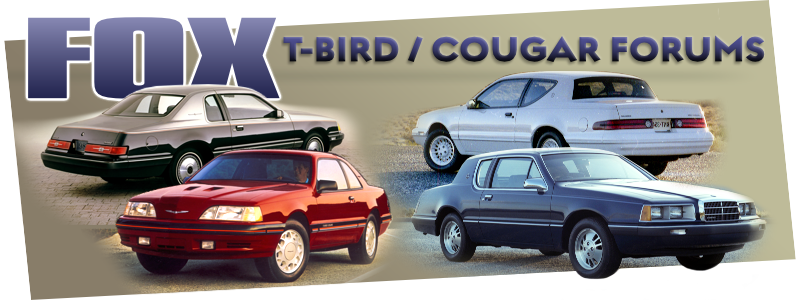88 sport,TW heads, comp xe270hr, cobra u/Tmoss ported lower, 65 mm throttle body, under drives,smog delete,
1.7 roller rockers, cai, k&n, bbk adj regulator, 76mm Pro-m,all MSD ign. MSD dist,18° base timing, 3g alt.1 5/8 ceramic headers, 255lph walbro, 2.5" h-pipe, flowmasters, silverfox valvebody, 3.73 gear,
http://i216.photobucket.com/albums/cc154/flipnbird/DSCF0185.jpg ( RIP : ( )
 Topic: gear change (Read 1469 times)
previous topic - next topic
Topic: gear change (Read 1469 times)
previous topic - next topic
